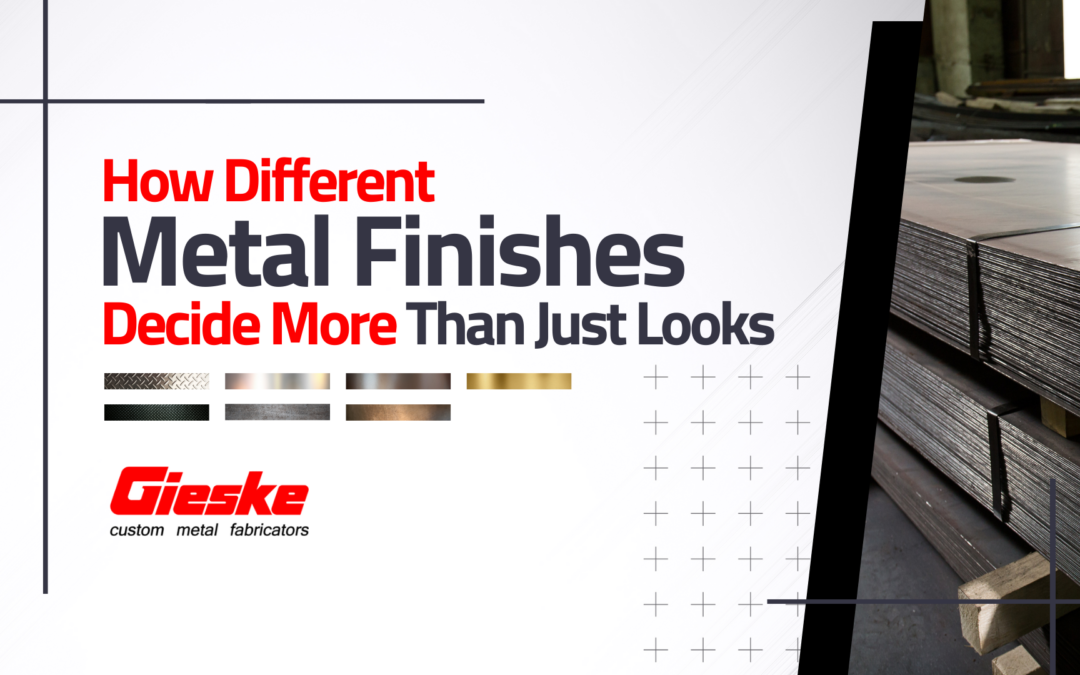The end product of a metal job might look amazing, but a quality metal finish will ensure it is the best it can be. Metal finishing is the final step of any project and is commonly seen as the most important one. With the many different types of finishes and the long list of benefits, let’s have a deeper look into the process.
What Does Metal Finishing Consist Of?
Metal finishing consists of many different treatments or processes to ensure the best quality product at the end of the day. Finishes can affect the metal’s molecular structure to protect or clean the surface and ensure the longevity and safety of the project as a whole. A handful of techniques go into finishing, and the choice can depend on the type of metal used, where the end product will be, what it will be utilized for, and what it should look like.
Different Types of Finishing
- Plating
- Electroplating
- Anodizing
- Metal Grinding
- Buffing/Polishing
- Painting
- Brushing
How Metal Finishing Affects the End Product
The choice of finishing technique significantly impacts the benefits it provides. Metal can be a very vulnerable material, but with the proper finishing choice, a project can last through anything.
1. The Look
Of course, the benefit everyone thinks of when we think of metal finishing is the look. Many different finishing types can leave the metal with patterns or designs on the surface. For example, a brush finish gives the metal a textured, matte appearance, while a mirror finish creates a highly reflective surface.
2. Strengthens the Product
Then, finishing can also strengthen the metal while helping with its longevity. Plate finishing, the process of covering the piece with another layer of thin metal, can be perfect if you want to improve the final product’s durability.
3. Reduces Friction and Corrosion
When you have a metal piece, the fear of corrosion is a likely one. Finishing techniques such as anodizing and coating can help combat this. Anodizing is done by soaking the metal in an acid electrolyte bath and sending it through an electric current to apply a top coat. Then, a simple coat finish, such as paint or powder coating, can be an option. Both of these methods help combat future friction or corrosion.
4. Helps With Chemical Resistance
Depending on where your piece will be, you could need a finish that helps withstand certain chemicals. This can be found in a simple coating finish or other options, such as anodizing or electroplating/polishing, depending on the metal and future usage.
With the multiple finish options available and the long list of benefits that each type brings to your project, there is no limit to how protected and durable your metal piece can become. If you have further questions or have a project you want completed, contact the team at Gieske.

